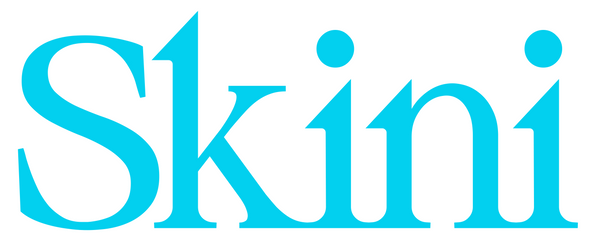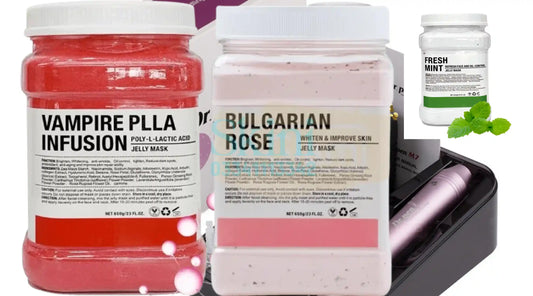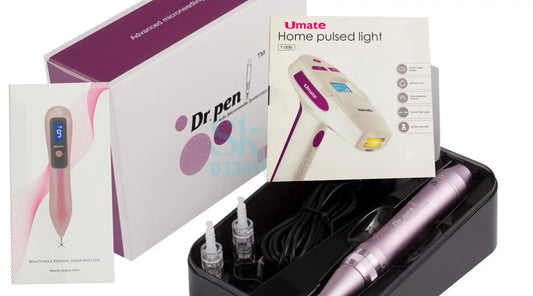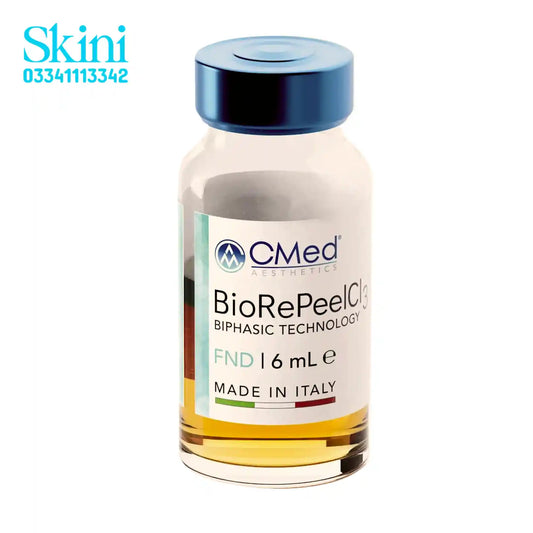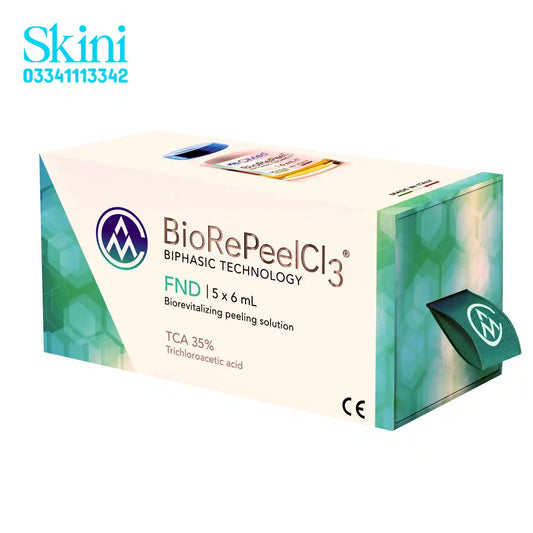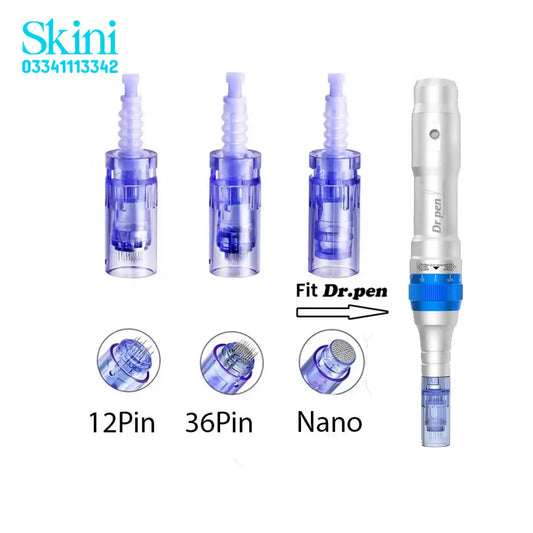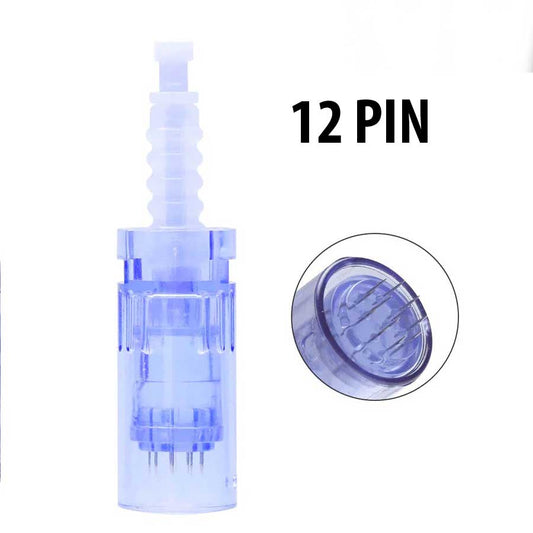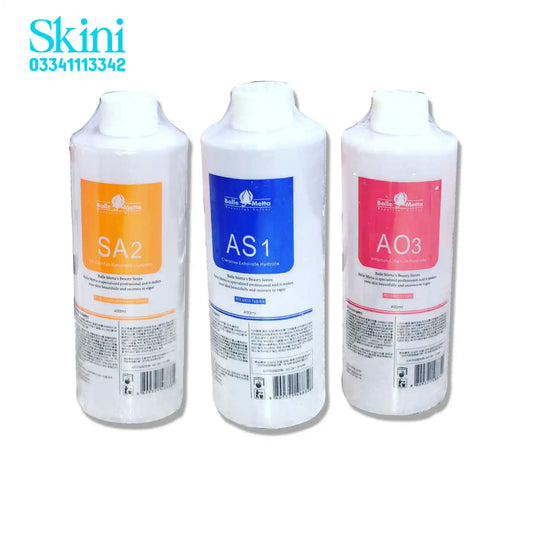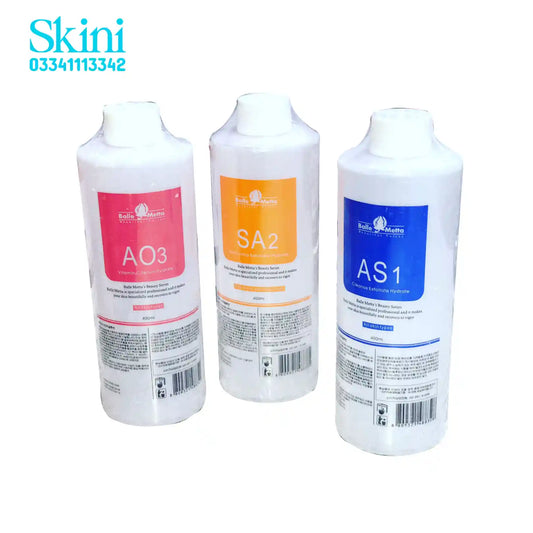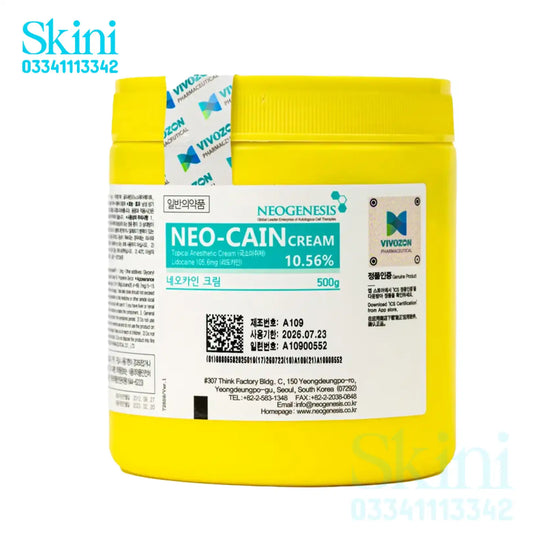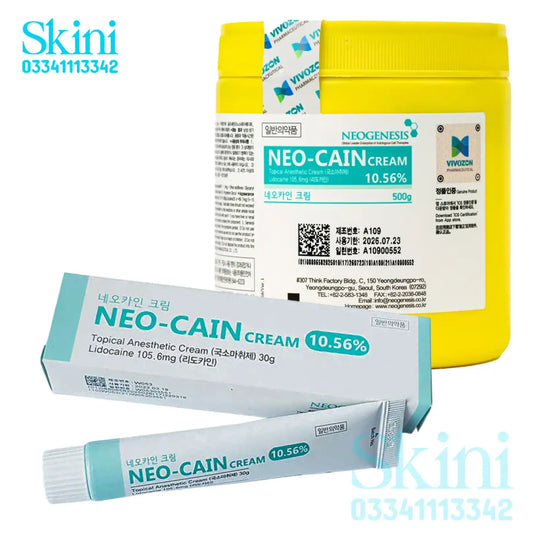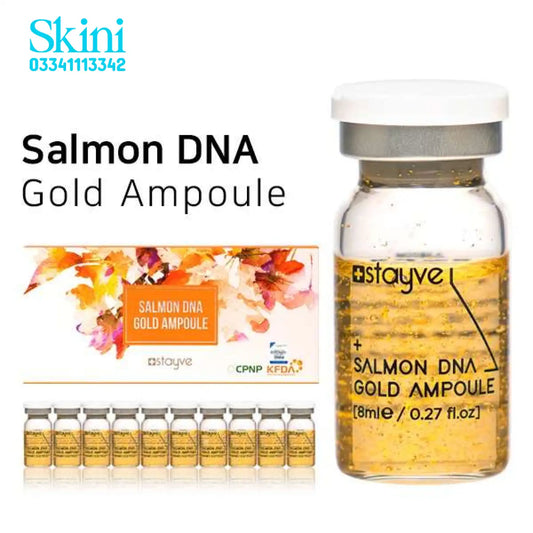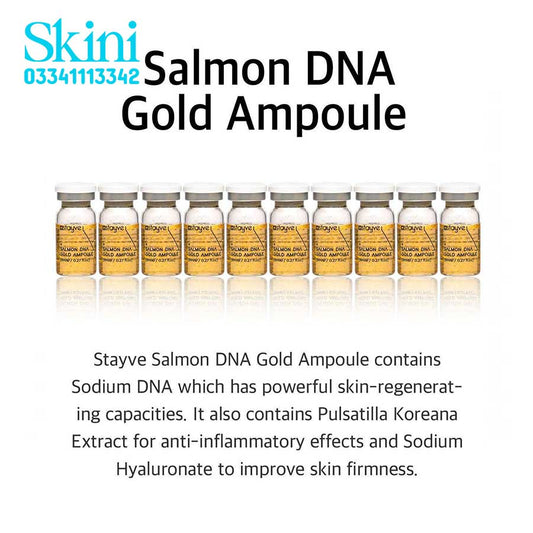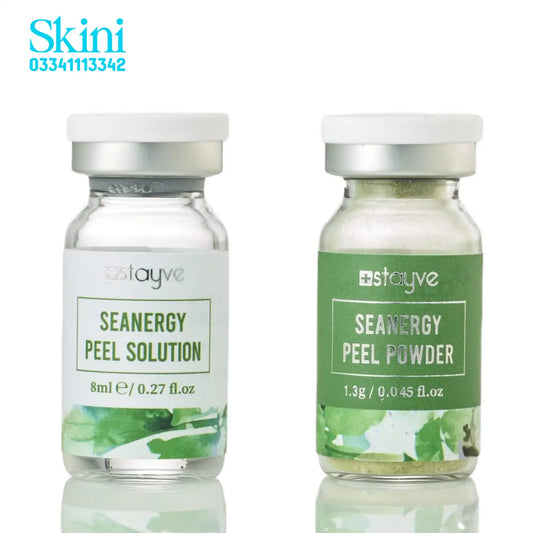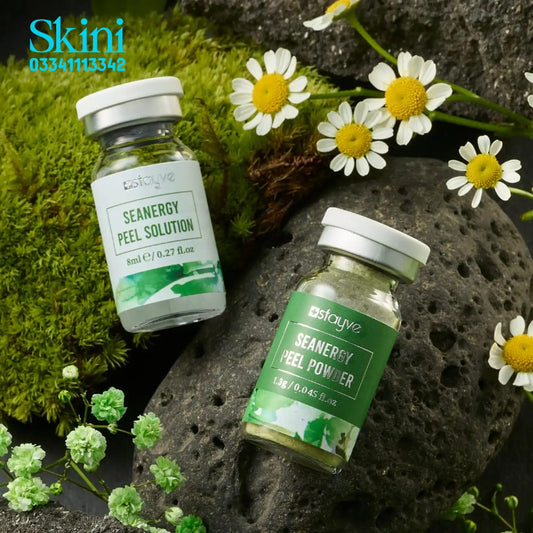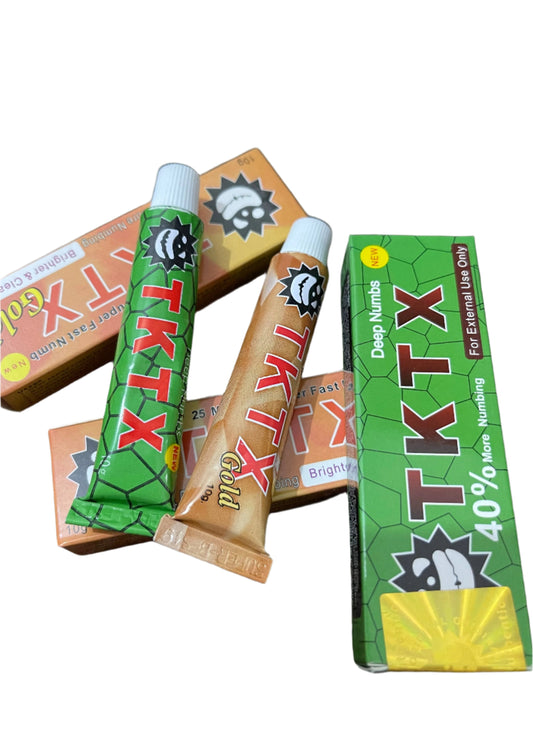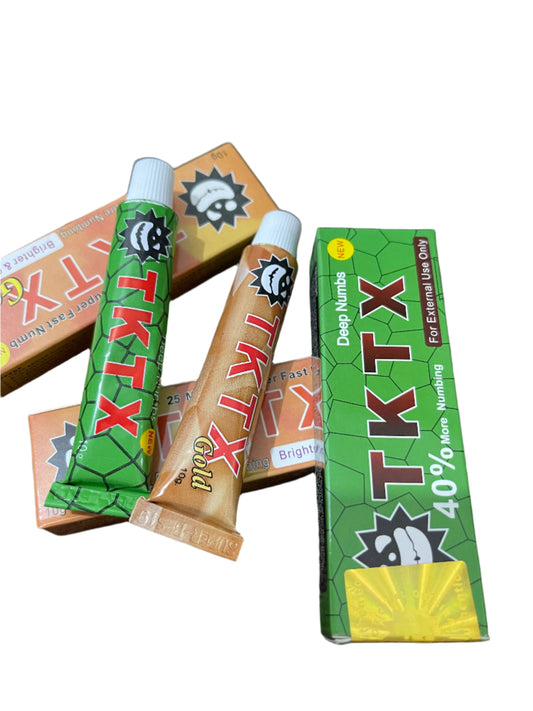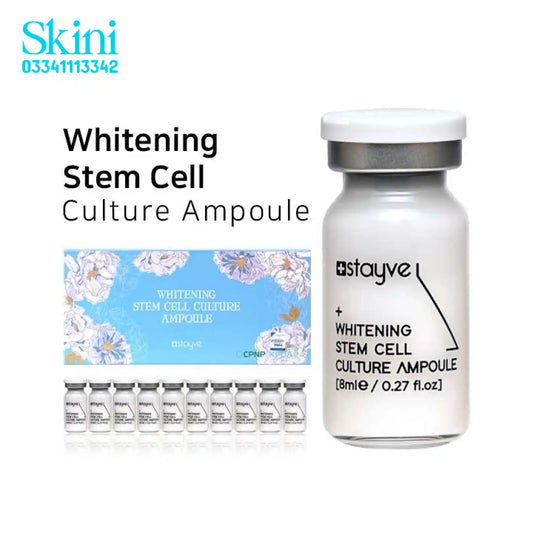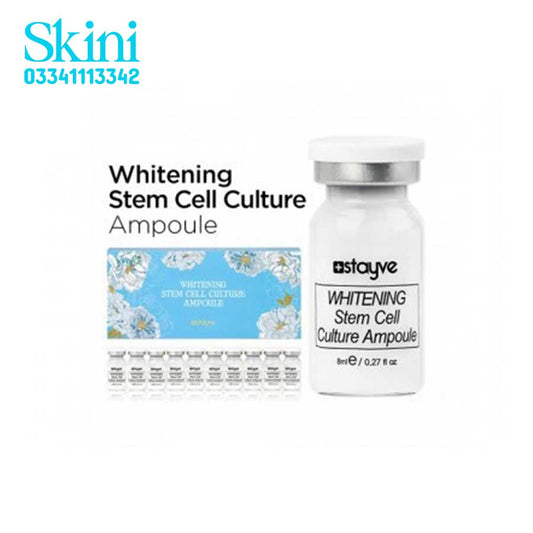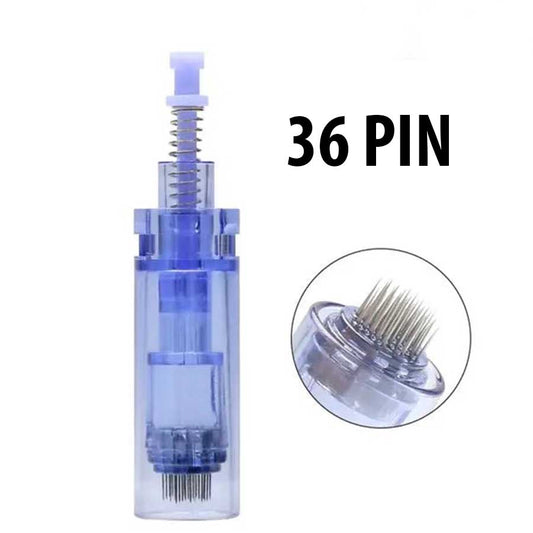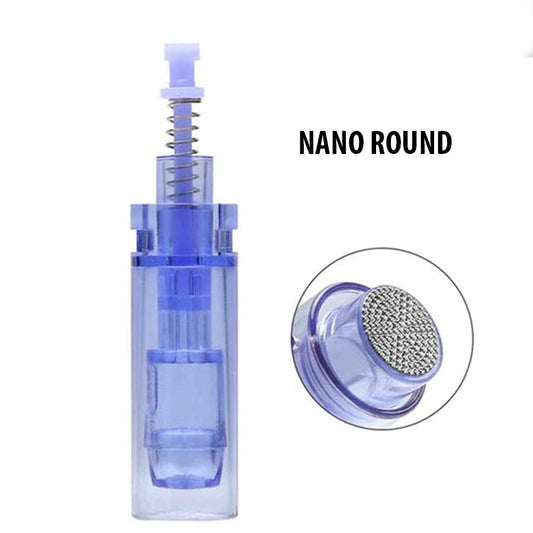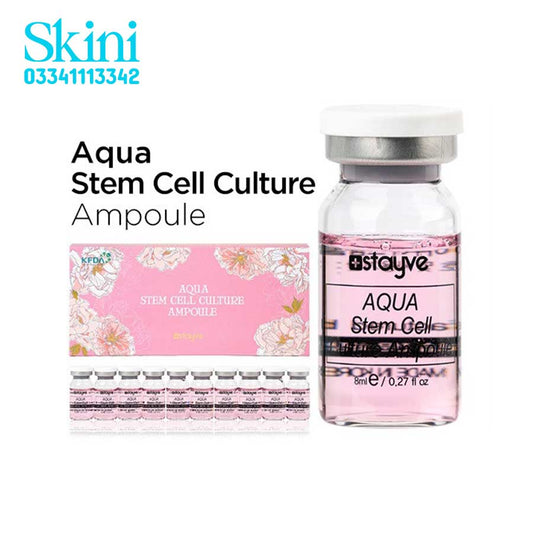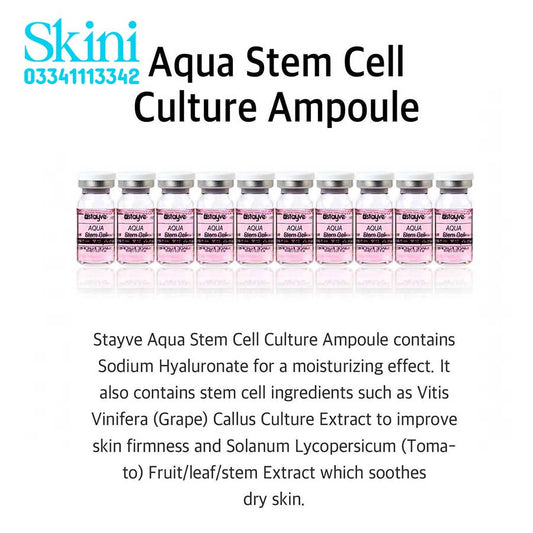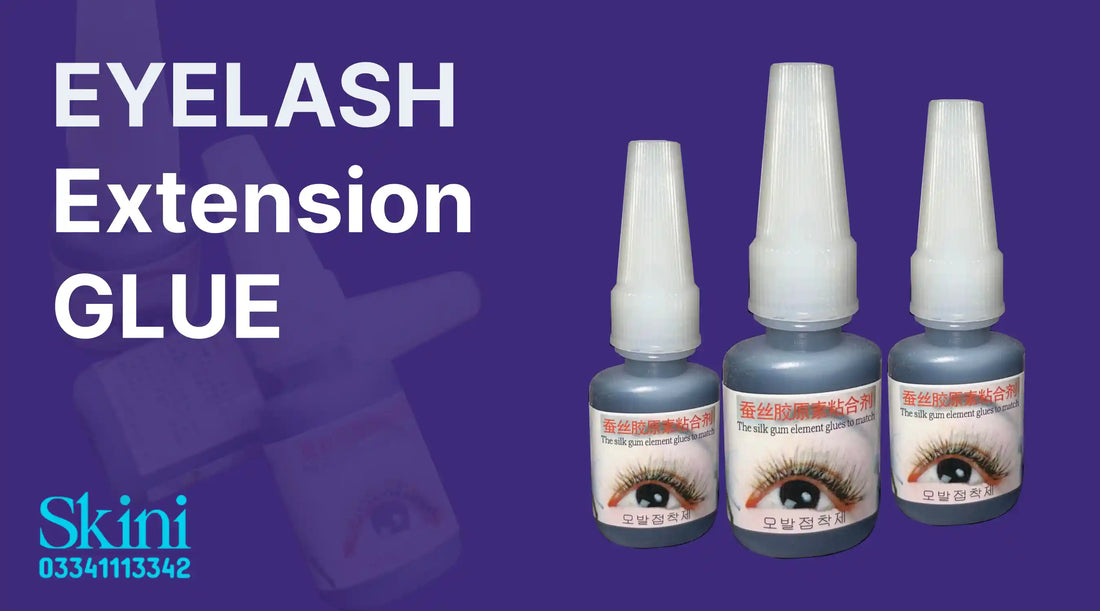
Eyelash Extensions Glue: The Unsung Hero of Lash Artistry
Eyelash extensions have become a popular beauty trend, offering a glamorous and low-maintenance way to enhance one's natural lashes. While the extensions themselves are the stars of the show, it's the adhesive, or glue, that holds the magic together. This comprehensive guide delves into the world of eyelash extension glues, exploring their types, ingredients, application techniques, safety considerations, and the impact on the overall lash extension experience.
Types of Eyelash Extension Glue
Eyelash extension glues come in various types, each with its own unique properties and ideal applications. The most common categories include:
Cyanoacrylate-Based Glues
Cyanoacrylate glues make up the majority of the lash extension adhesive market. They are preferred for their strong bonding power, flexibility, and quick-drying abilities. These qualities allow them to withstand daily activities while providing long-wearing results.
Cyanoacrylate glues are further divided into subtypes based on their drying time:
- Ideal for speedy, advanced lash artists
- Requires working swiftly and efficiently
- High margin for error
- Allows more working time than ultra-fast drying
- Relatively quick pace
- Friendly for beginners
- Allows flexibility in application
- Lower margin for error
- Maximum working time
- Best for training technicians
- High control and adjustability
As you can see, the range of dry times allows lash artists to select a glue suited to their skill level and comfort with the service pace. Those newer to extensions may prefer slower-drying glues to get the hang of perfect placement.
Latex-Based Glues
Latex glues comprise a small subset of lash extension adhesives. Compared to cyanoacrylates, latex glues have weaker bonding power but are gentler on natural lashes. They are typically used for temporary or strip lash applications.
While latex glues are lower risk for reactions, their longevity and durability are subpar for classic or volume fan extensions. The extensions might not withstand regular cleaning, exposure to oil and moisture, or friction against bed linens.
For semi-permanent extensions expected to last 4-8 weeks, cyanoacrylate proves the better option. However, latex works well for special event styles that only need to endure a day or night.
Application Techniques
The application of eyelash extension glue is a delicate process requiring precision and skill. Let's break down the general steps:
Prepare the Natural Lashes
The first step is cleansing the natural lashes and eyelids to remove any oils, makeup, or debris that may deter adhesion. Lash artists will brush lashes upward to fully expose each follicle for extensions.
Apply the Glue
Using the tip of a micro-brush, applicator wand, or eyelash tool, the technician deposits a tiny drop of glue at the base of an individual extension, just above the thin plastic band. They take care not to oversaturate and cause dripping or migration towards the eyes.
Q=
Q= Volume
of glue
As Q increases, risk of dripping also increases
AsQincreases,risk of dripping also increases
Affix Extension to Natural Lash
With a steady hand, the artist uses tweezers to precisely pick up and place the pre-glued extension against a natural lash. Positioning should sit where lash meets lid for optimal bonding.
Technicians cure glues with a fan or gentle airflow, taking care not to blow debris towards the eyes. This accelerates evaporation of moisture to set the bonds faster. For latex glues requiring drying rather than curing, they simply let the area sit undisturbed for a minute.
Safety Considerations
While reputable lash adhesives contain medical-grade ingredients designed for use near eyes, it’s essential to follow safety precautions:
Patch Testing
Conduct 24-hour patch tests by applying glue samples to the arm and monitoring for any redness or reactions. This checks for individual sensitivities before full application.
Proper Ventilation
Workstations must have powerful fans and suction systems to direct fumes away from breathing zones. This also speeds glue curing.
Avoid Eye Contact
If glue gets in your eyes, immediately irrigate with lukewarm water for 10-15 minutes. Seek medical help if sensitivities or changes in vision occur. The good news is cyanoacrylate glues don’t adhere well to eye mucosa.
Choose Reputable Products
Carefully research and select industry-recognized lash glue brands like Skini.pk with medical-grade, non-toxic formulas. Review recalls and safety records. Ensure all products have air-restricting packaging to prolong shelf life.
Impacts on Lash Extension Experience
Beyond affixing extensions to natural lashes, lash glue greatly impacts the client experience:
Extension Longevity
Good adhesive means extensions remain securely attached for the entire grow-out cycle. No one wants to worry about premature shedding or maintenance fills sooner than expected.
Comfort
Quality glue should form flexible, non-brittle bonds that don’t tug or weigh lashes down. Technicians must apply the precise amount to prevent irritation.
Appearance
A clean application means clients don’t leave with visible glue stains along the lash line. The color and cure finish should blend extensions seamlessly with natural lashes.
Health Safety
Using salon-grade glue keeps eyes and skin safe when applied by trained professionals. This builds confidence in the service.
By considering these points during your lash appointment, you can achieve stunning results!
In Summary
Eyelash extension glue is the unsung hero that makes semi-permanent lashes possible. We explored the main types (cyanoacrylate and latex), ingredient impacts, application techniques, safety guidelines, and the role good adhesive plays in the lash extension experience. While the extensions get the glamor, it's the glue doing the gritty work to maintain flawless eyelash enhancements.
When researching lash extension services, you now know which glue qualities and precautions to keep top of mind. Prioritize reputable salons with safety documentation for their commercial glue and ask about the technicians' experience. With quality products and proper application, you can achieve long-lasting extensions with an uplifted, eye-opening look.
